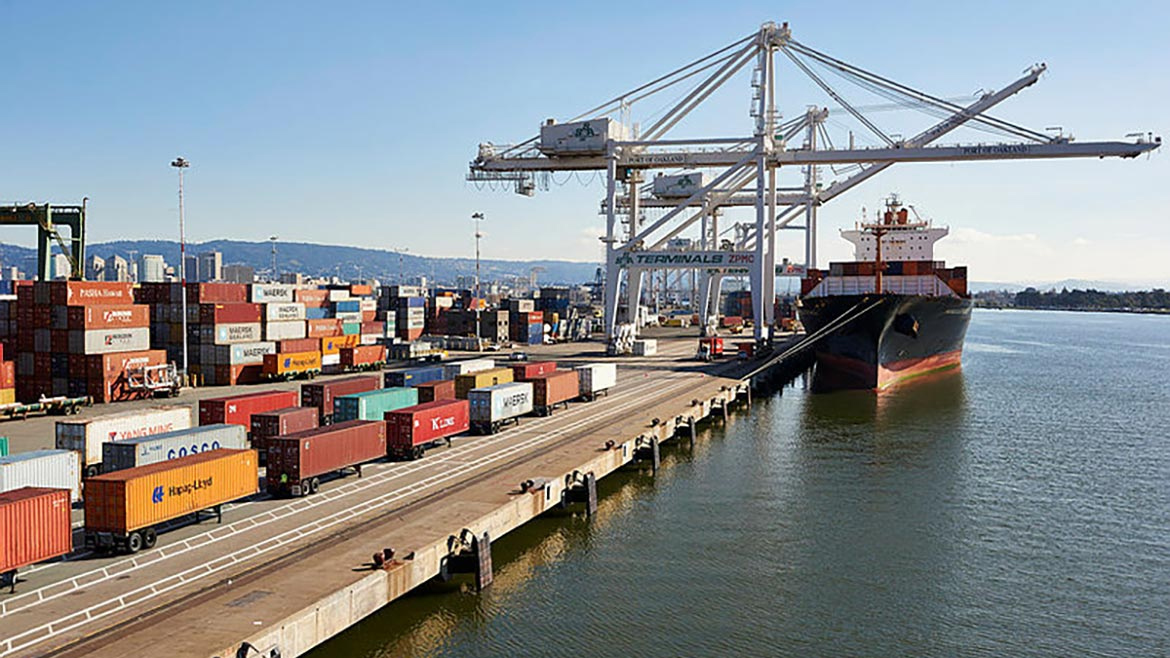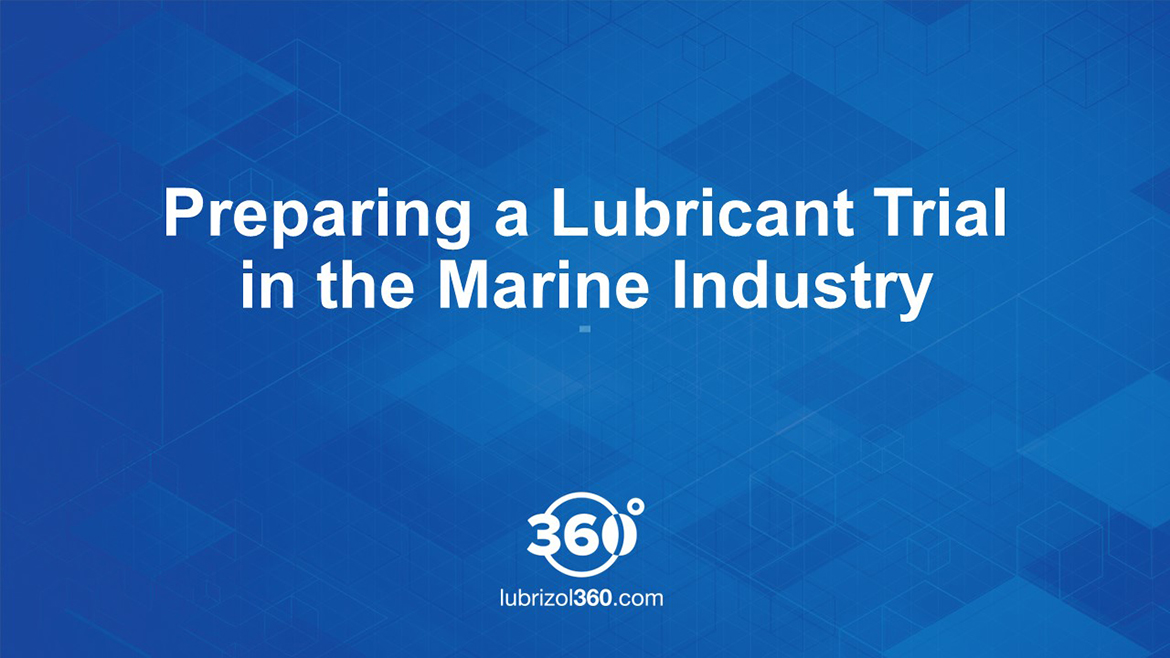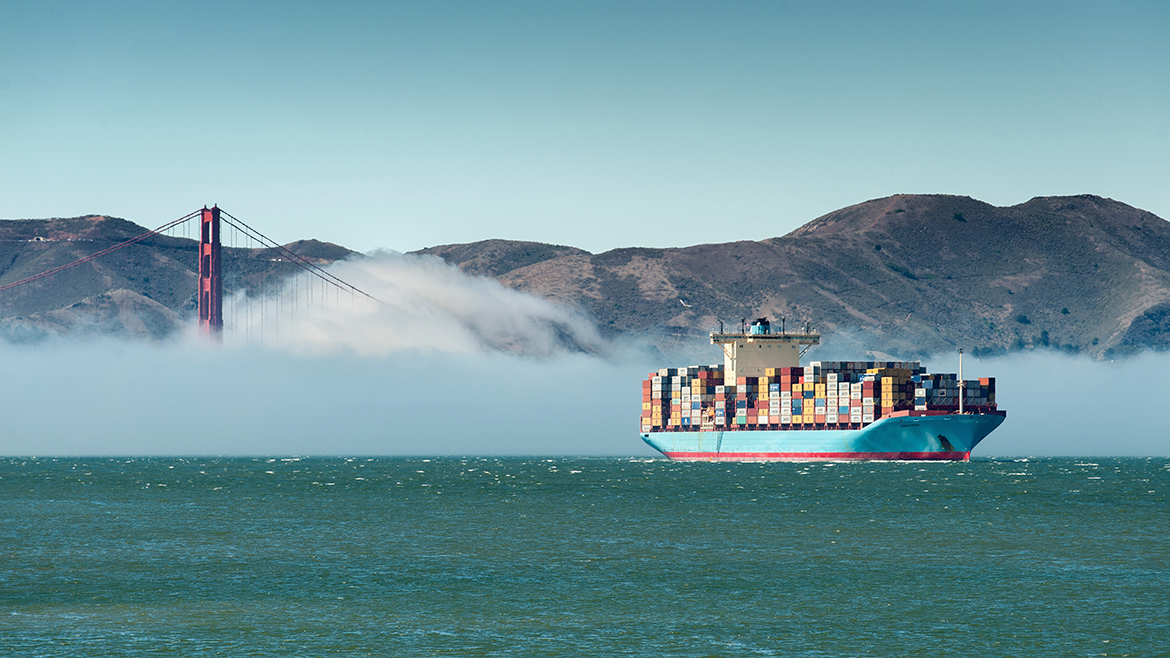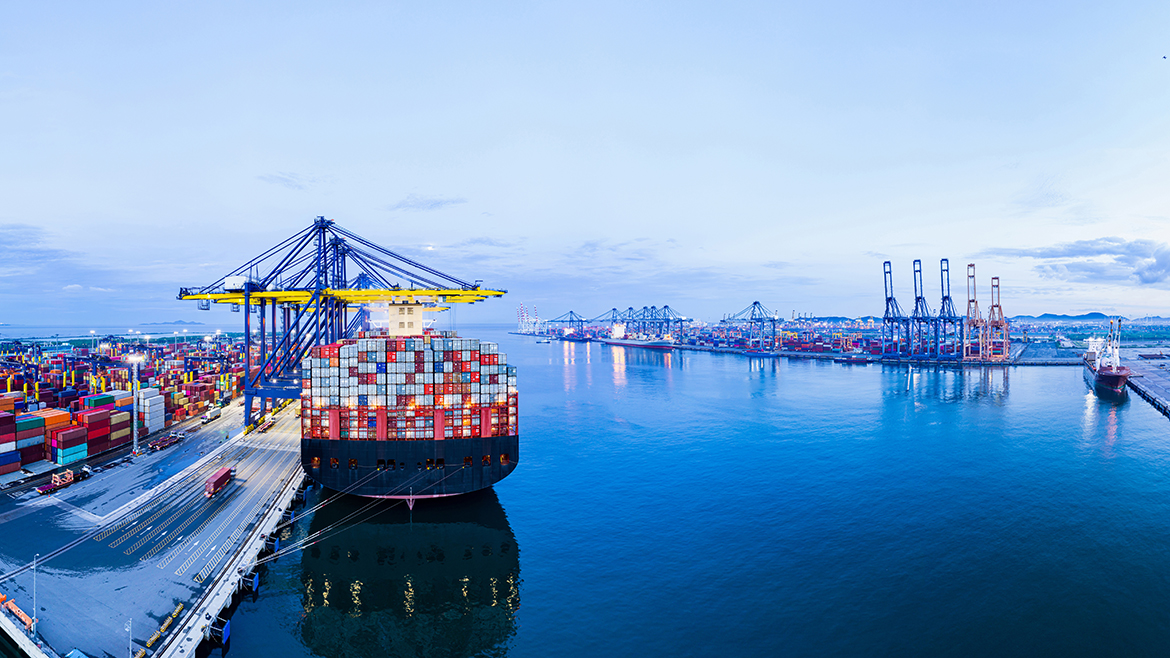Effective January 1, 2020, the global sulfur (S) limit for marine fuels will be reduced from the current maximum of 3.5% to 0.5% as prescribed by MARPOL Annex VI regulations. This new limit will apply outside the current designated emission control areas (ECA) where the limit is already 0.1% S.
In order to comply, ship operators have several options:
- Utilize compliant ≤ 0.5% sulfur fuels which includes very low sulfur fuel oils (VLSFOs) >0.1 - <0.5%S and ultra low sulfur fuels (ULSFOs) <0.1%S
- Use alternative fuels like liquefied natural gas (LNG) or methanol
- Continue to use >0.5% S fuel oil combined with exhaust gas cleaning technology, more commonly known as ‘scrubbers’
Limitations on the supply infrastructure of alternative fuels and the number of scrubber installations means most of the market will be served by the ≤ 0.5% sulphur fuels.
Concerns around the impact of variable VLSFO characteristics were raised at both the CIMAC Congress 19 in Vancouver and the 13th ICIS Asian Base Oils and Lubricants Conference in Singapore. Variability is inevitable when considering the range of blend stocks and refining processes that could be used to produce VLSFOs in order to meet demand. The challenge for OEMs, lubricant developers and vessel operators alike has been the limited availability of <0.5% sulfur fuels for testing leading to a lack of real-world in service experience.
One consequence of VLSFO variability is increased piston deposit formation. Lubricants play a critical role in controlling deposit formation to avoid negative impacts on engine performance and hardware. New lubricant formulations with additional dispersant and detergent technology were shown to effectively reduce the impact of VLSFO variability on engine deposit formation.
Our View
For marine diesel cylinder lubricants, it is no longer sufficient to only consider the lubricant base number (BN), a measure of its acid neutralization capability, as the defining performance characteristic. Along with OEMs, our guidance when using VLSFOs is to switch from a 100- or 70-BN marine diesel cylinder oil (MDCL) to a 40-BN MDCL that uses additive technology specifically formulated with robust deposit handling performance and has been approved for use with <0.5%S fuels. 40-BN MDCLs previously developed for use with fuels up to 1% S fuel may not meet the required performance level.
Looking beyond 2020, the fuel choice landscape will continue to evolve as the industry advances towards a cleaner emissions future with planned expansion of ECAs and commitments to greenhouse gas emission reductions. The increasingly varied demands placed on the lubricant by the different fuel options mean we will see the requirement for more advanced lubricant solutions to ensure adequate engine protection.
The number of lubricant solutions in the market is therefore likely to increase, meaning complexity looks set to remain in the marine cylinder lubricant market.









